Peonies are prized for their exquisite blooms and lush foliage, but like all plants, they are susceptible to various diseases that can impact their health and beauty. Preventing disease in peonies requires proactive measures to minimize risk factors and maintain optimal growing conditions. In this comprehensive guide, we’ll explore common diseases affecting peonies, along with effective prevention strategies and solutions to keep your peonies healthy and thriving.
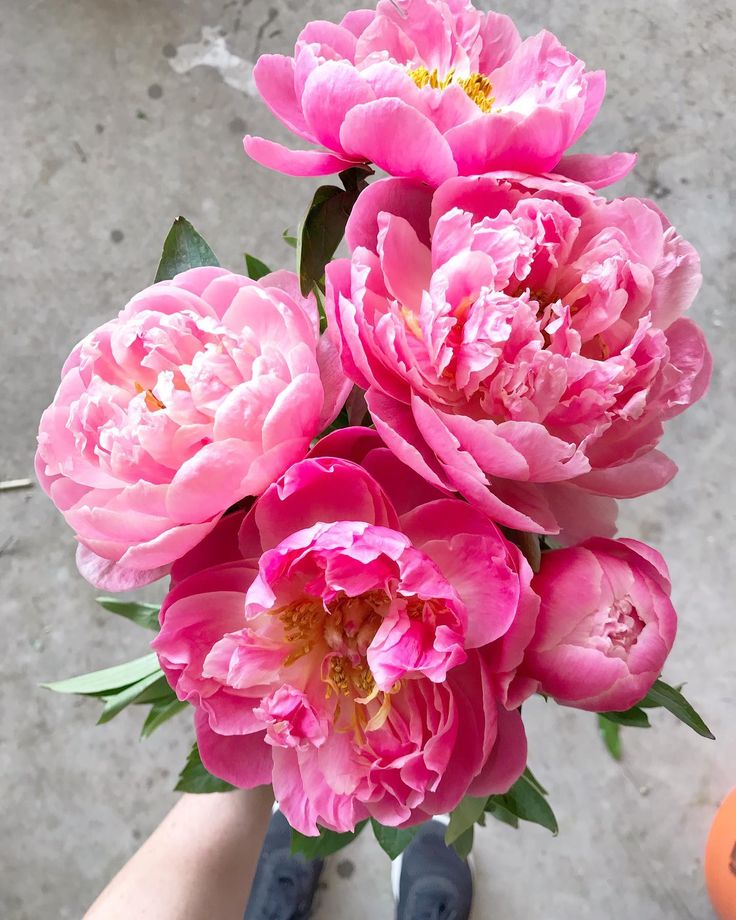
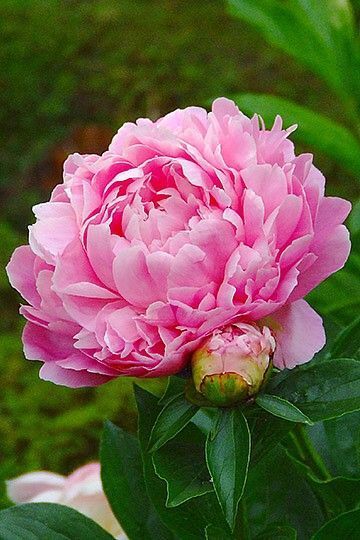
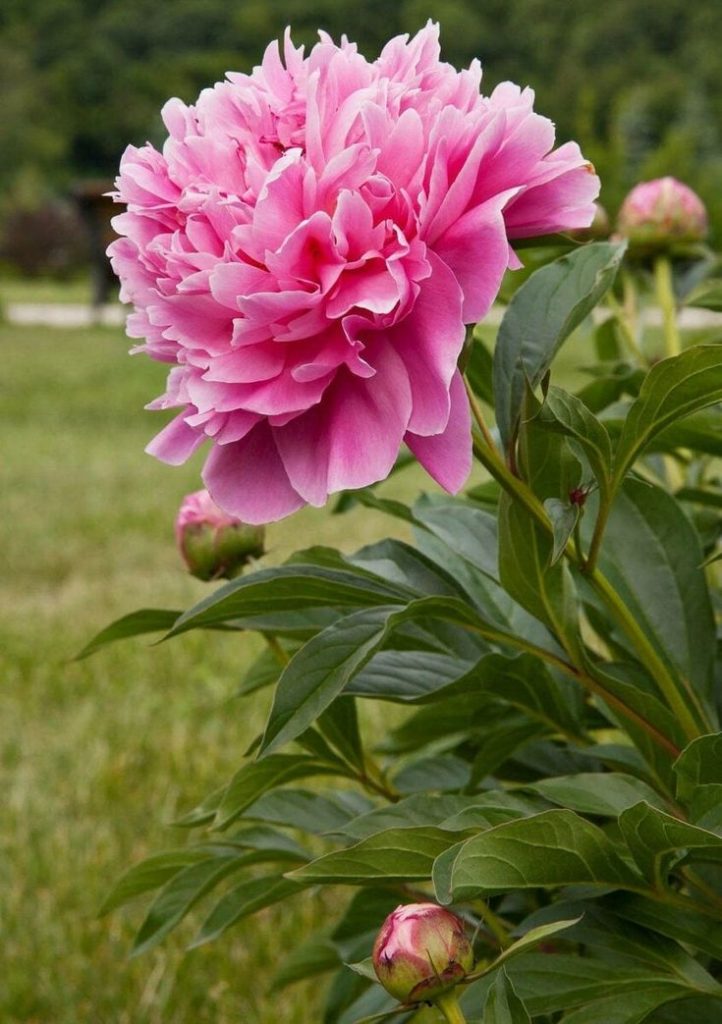
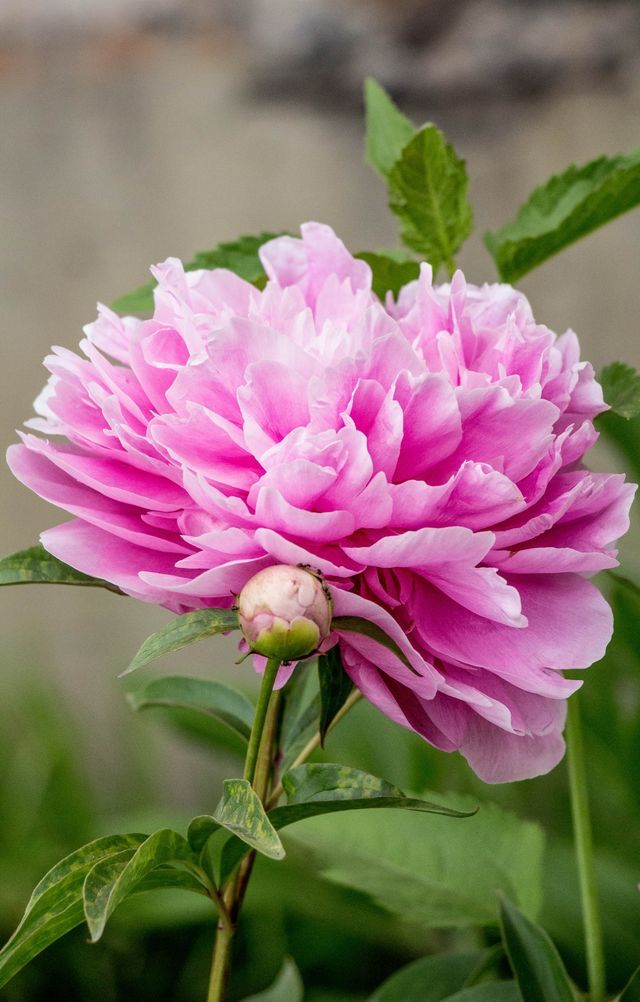
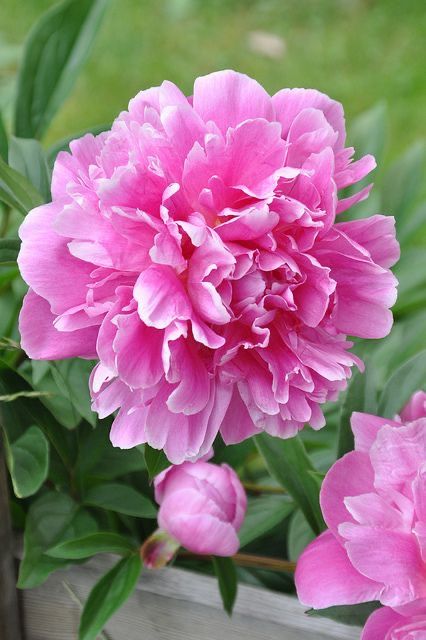

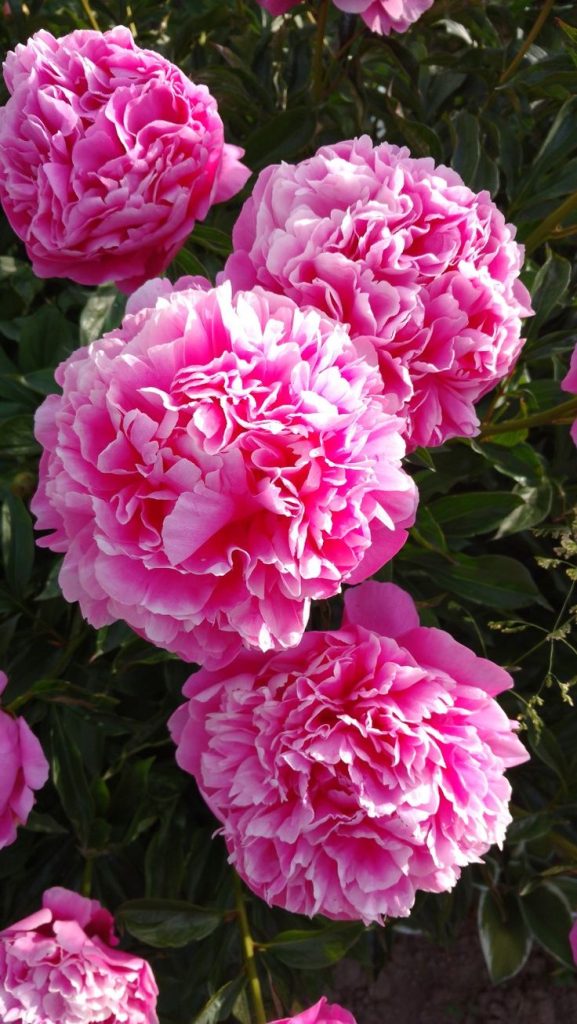
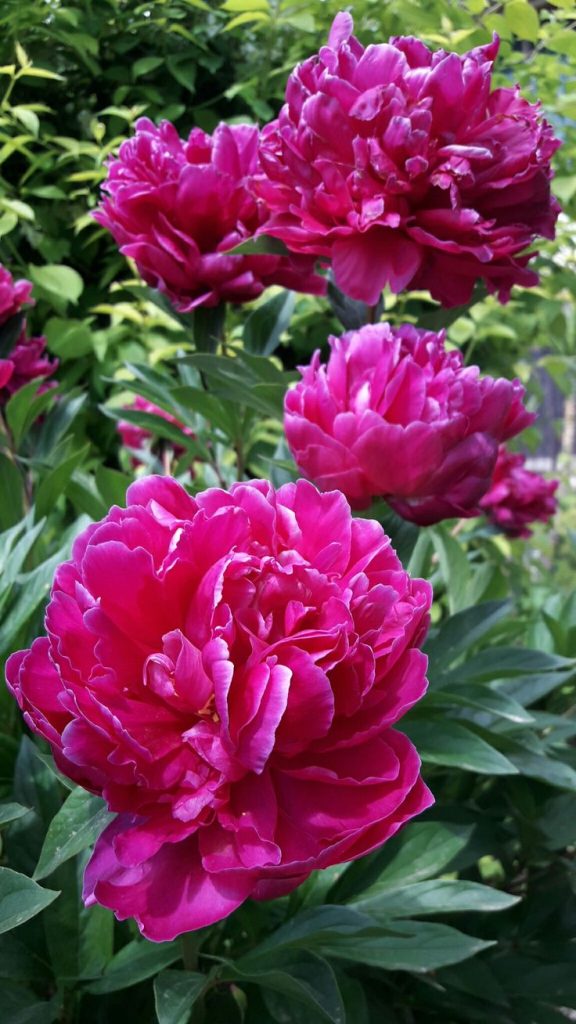
Common Peony Diseases
**1. *Botrytis Blight (Gray Mold)*
- Symptoms: Grayish-brown fuzzy mold on buds, stems, and leaves, along with wilting and browning of affected tissue.
- Cause: Fungal pathogen Botrytis cinerea thrives in cool, humid conditions and infects peonies through wounded or senescent tissue.
- Prevention: Improve air circulation, avoid overhead watering, and remove infected plant debris promptly to reduce disease spread.
**2. *Powdery Mildew*
- Symptoms: White powdery patches on leaves, buds, and stems, leading to distortion and stunted growth.
- Cause: Fungal infection caused by various species of Erysiphe and Podosphaera, favored by humid conditions and poor air circulation.
- Prevention: Plant peonies in sunny locations with good air flow, avoid overhead watering, and apply fungicidal sprays preventively.
**3. *Phytophthora Blight*
- Symptoms: Dark lesions on stems and crown, wilting, and collapse of foliage, often accompanied by dark brown rot at the base of the plant.
- Cause: Soilborne oomycete Phytophthora spp., thriving in waterlogged or poorly drained soil conditions.
- Prevention: Ensure well-drained soil, avoid overwatering, and plant peonies in raised beds or mounds to improve drainage.
**4. *Verticillium Wilt*
- Symptoms: Yellowing and wilting of foliage, typically affecting one side of the plant initially, progressing to overall decline and dieback.
- Cause: Soilborne fungus Verticillium spp., infecting peonies through roots and causing vascular damage.
- Prevention: Select disease-resistant cultivars, maintain healthy soil conditions, and practice crop rotation to reduce disease pressure.
Effective Disease Prevention Strategies
**1. *Site Selection*
- Choose well-drained, sunny locations for planting peonies to minimize moisture-related diseases and promote vigorous growth.
**2. *Soil Preparation*
- Prepare soil thoroughly before planting by incorporating organic matter and ensuring adequate drainage to create optimal growing conditions.
**3. *Watering Practices*
- Water peonies at the base of the plant in the morning to allow foliage to dry before evening, reducing the risk of fungal diseases.
**4. *Pruning and Sanitation*
- Prune peonies selectively to improve air circulation and remove diseased or damaged plant parts promptly to prevent disease spread.
**5. *Fungal Control*
- Apply fungicidal sprays preventively, especially during periods of high humidity or when disease pressure is prevalent in your area.
**6. *Resistant Cultivars*
- Select disease-resistant peony cultivars whenever possible to minimize susceptibility to common diseases and ensure long-term garden health.
Integrated Pest Management (IPM) Approaches
**1. *Monitoring*
- Regularly inspect peonies for signs of disease or pest infestation, monitoring plant health throughout the growing season.
**2. *Cultural Practices*
- Implement cultural practices such as proper watering, fertilization, and mulching to maintain plant vigor and resilience to stressors.
**3. *Biological Controls*
- Encourage natural predators and beneficial organisms in the garden to help control pest populations and reduce reliance on chemical interventions.
**4. *Chemical Treatments*
- Use chemical treatments judiciously and as a last resort, opting for safer, more targeted products with minimal impact on beneficial organisms.
Conclusion
By implementing proactive disease prevention strategies and adopting integrated pest management approaches, you can effectively safeguard your peonies against common diseases and promote their health and vitality. With proper care and attention, your peonies will thrive, rewarding you with breathtaking blooms and enduring beauty in the garden.
FAQs About Preventing Disease in Peonies
- Q: Can I plant peonies in the same location if they have previously suffered from disease?
- A: It’s best to avoid replanting peonies in the same location if they have previously experienced disease problems. Opt for a different planting site with improved soil conditions and disease resistance.
- Q: Are there any natural remedies for controlling peony diseases?
- A: Yes, some natural remedies such as neem oil, potassium bicarbonate, and sulfur-based fungicides can help control fungal diseases in peonies when used according to label instructions.
- Q: How can I improve air circulation around peonies to prevent disease?
- A: Prune neighboring plants to reduce crowding, space peonies adequately during planting, and avoid planting them in low-lying or sheltered areas where air circulation is restricted.